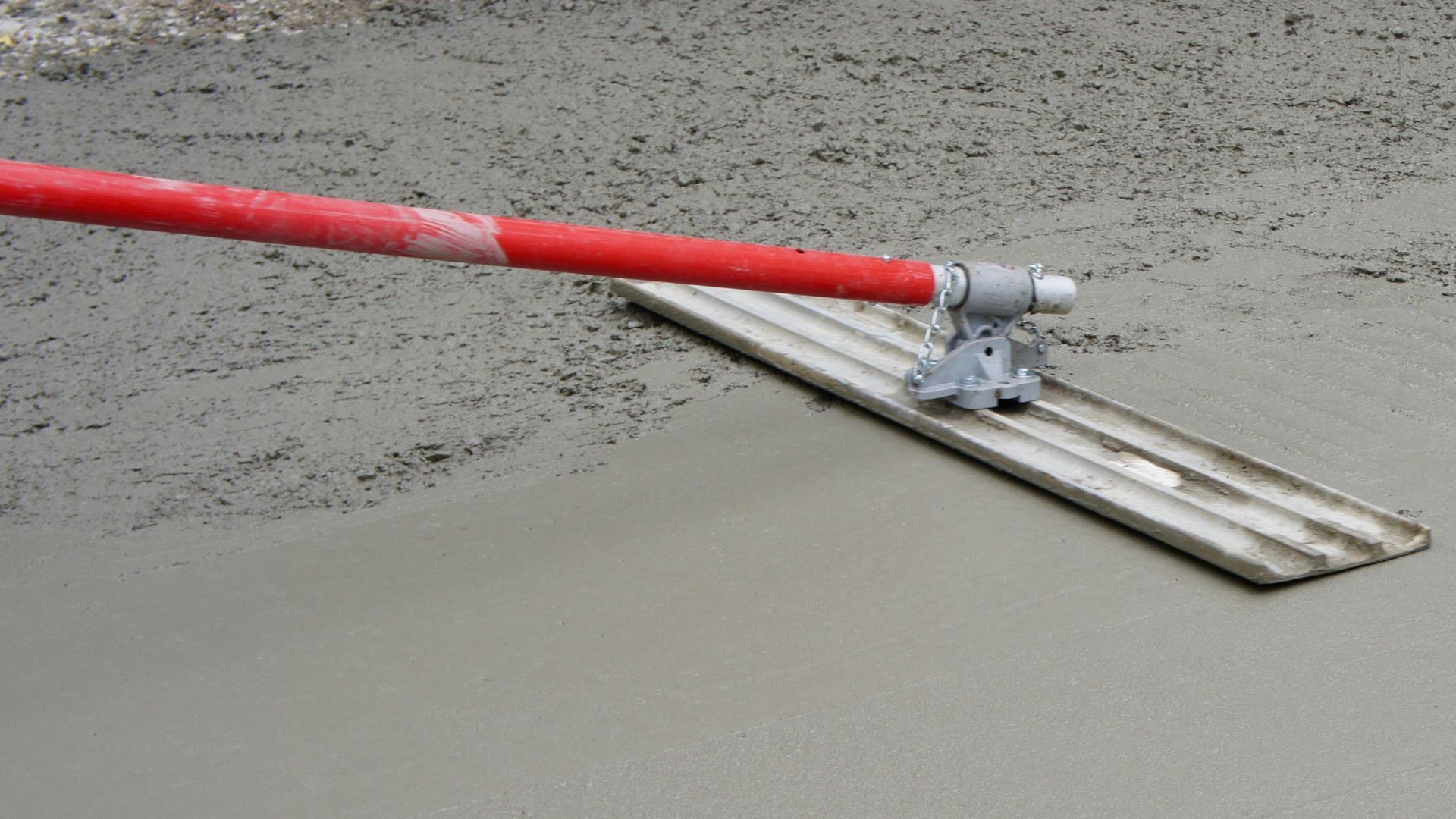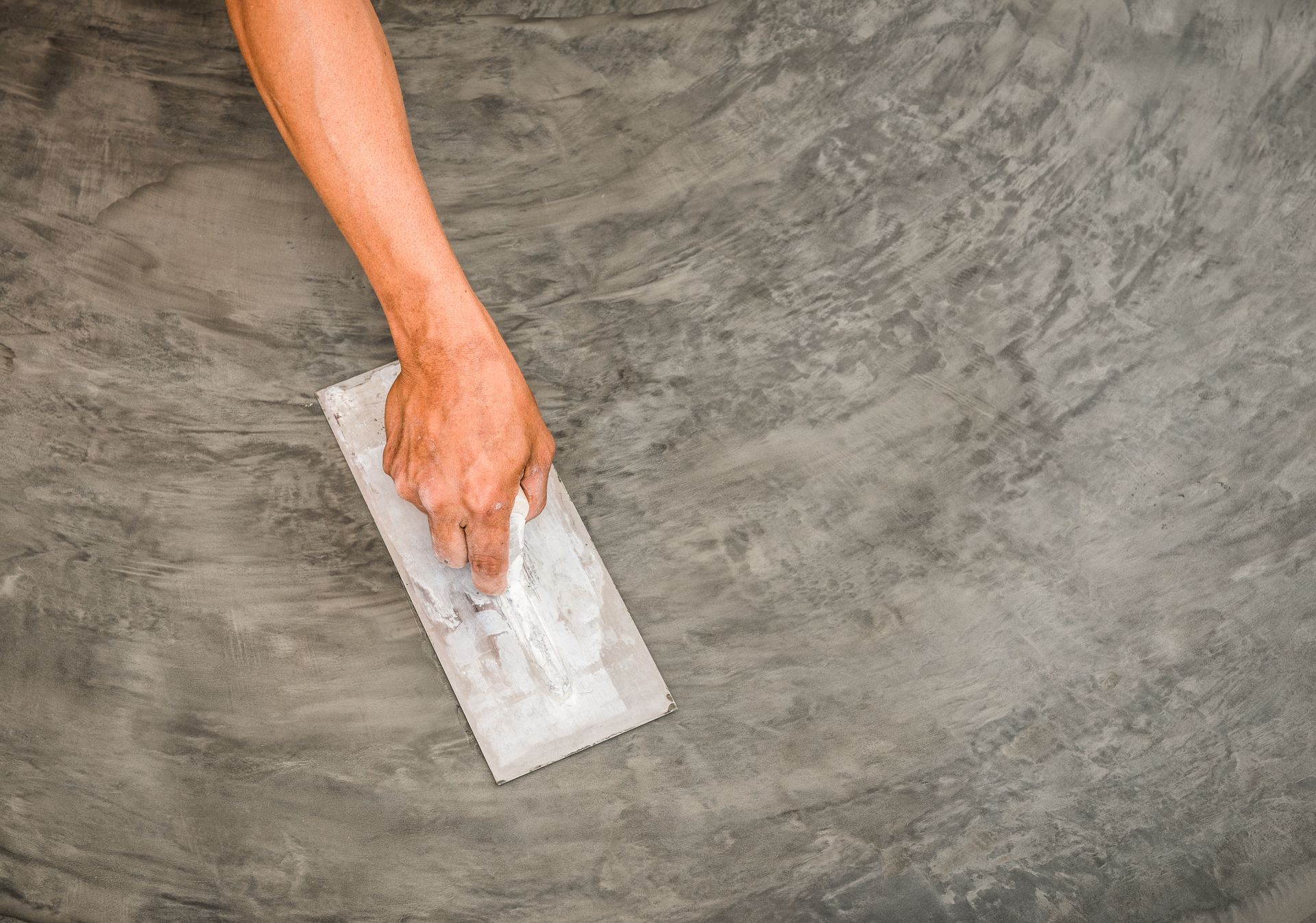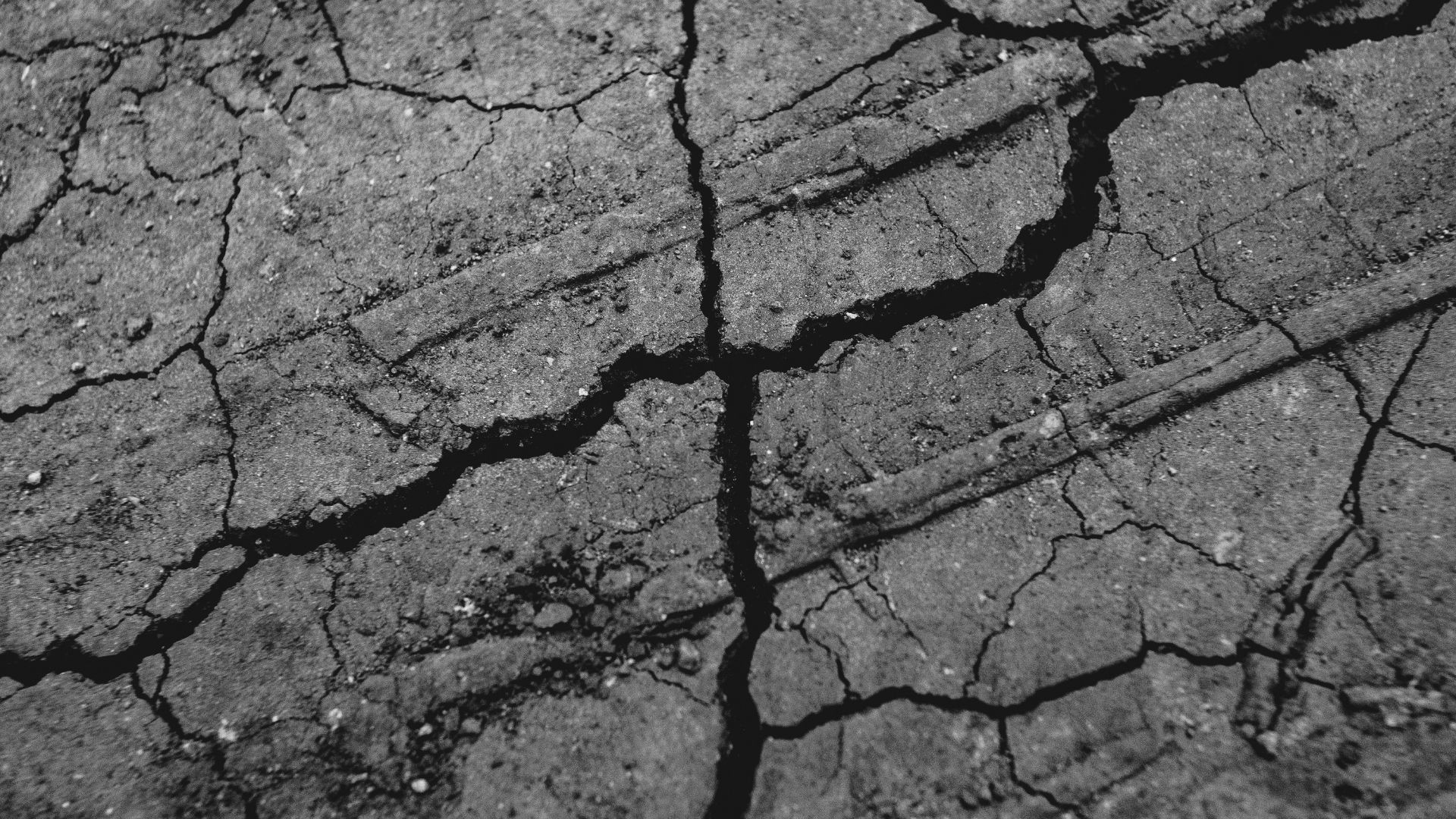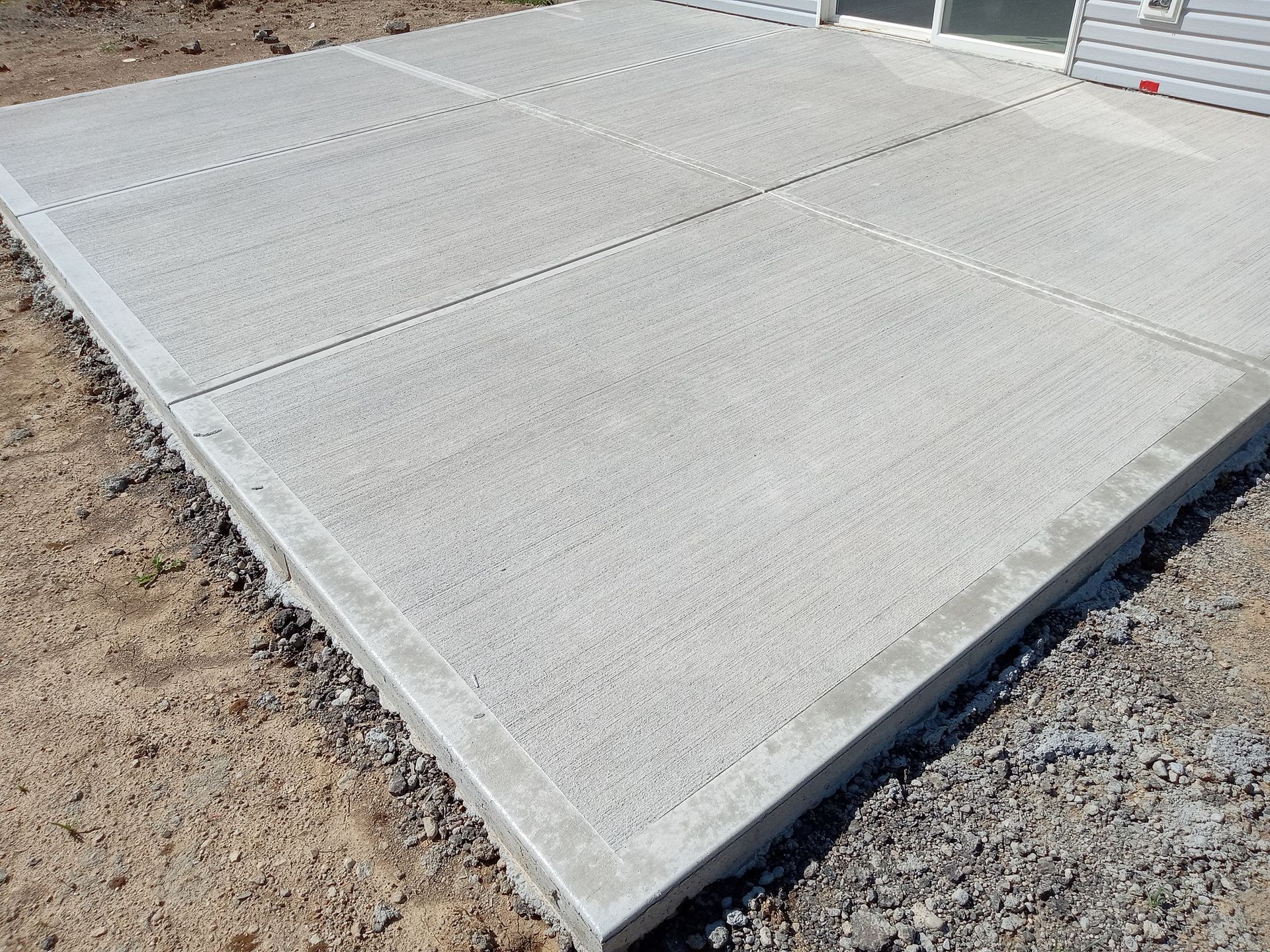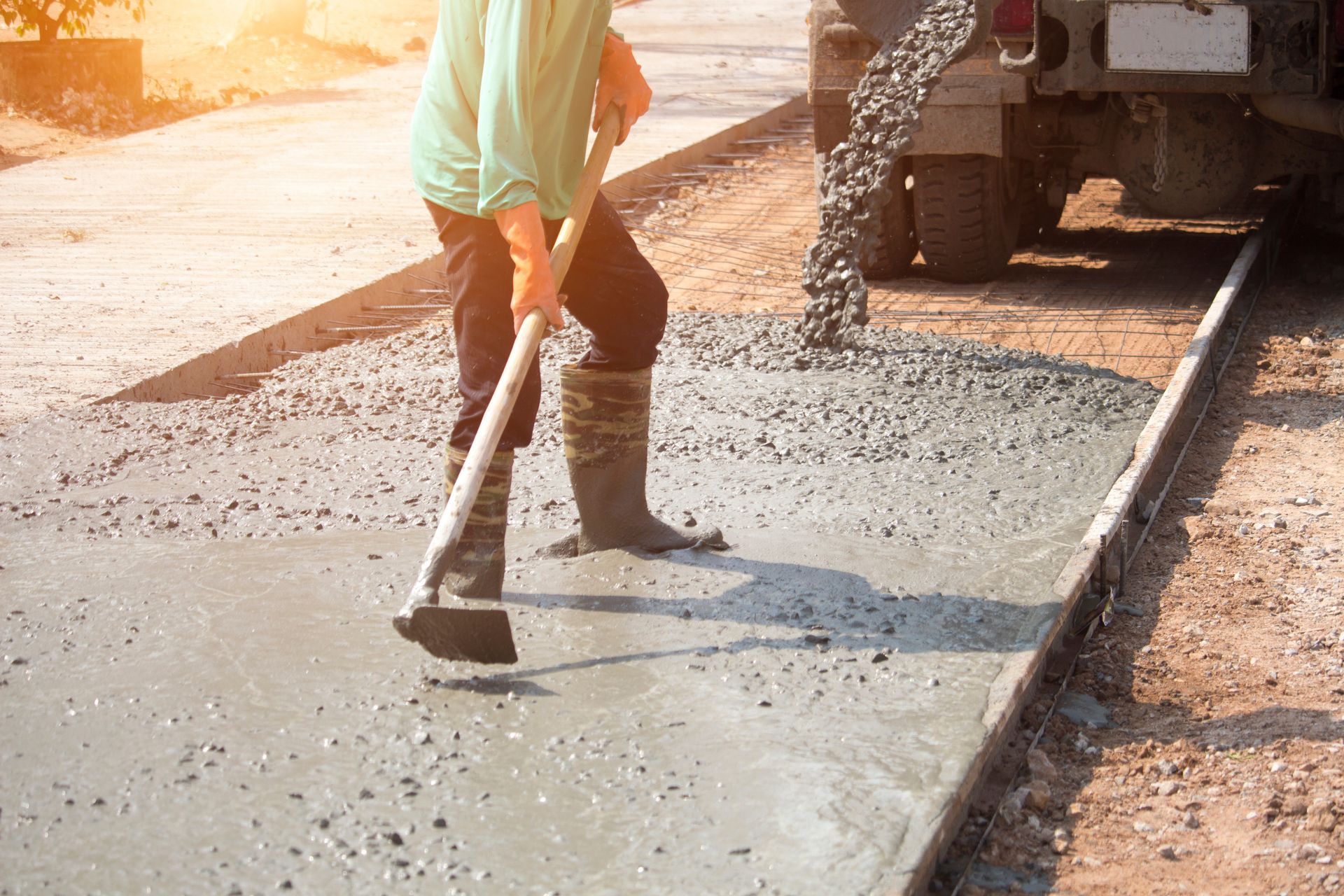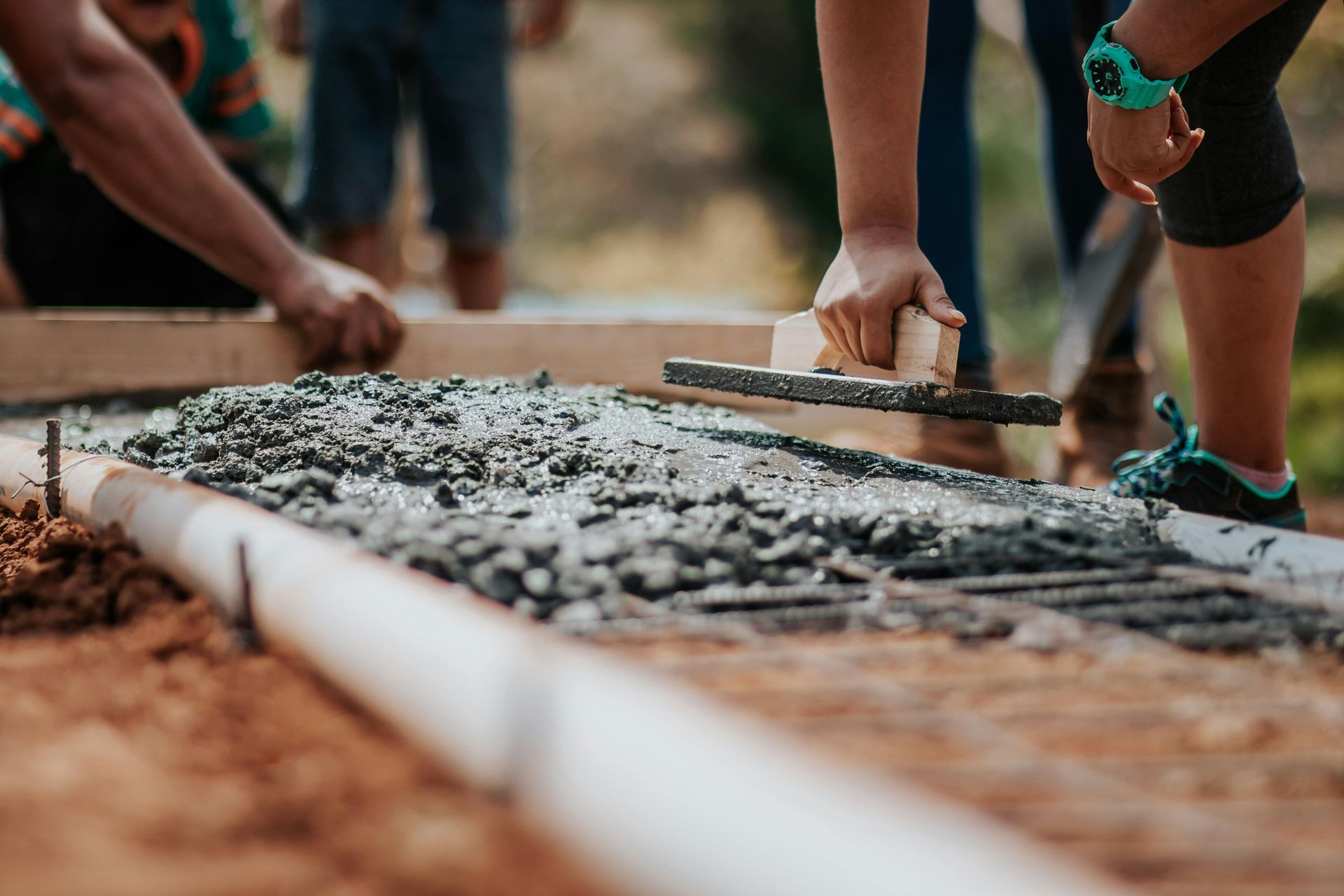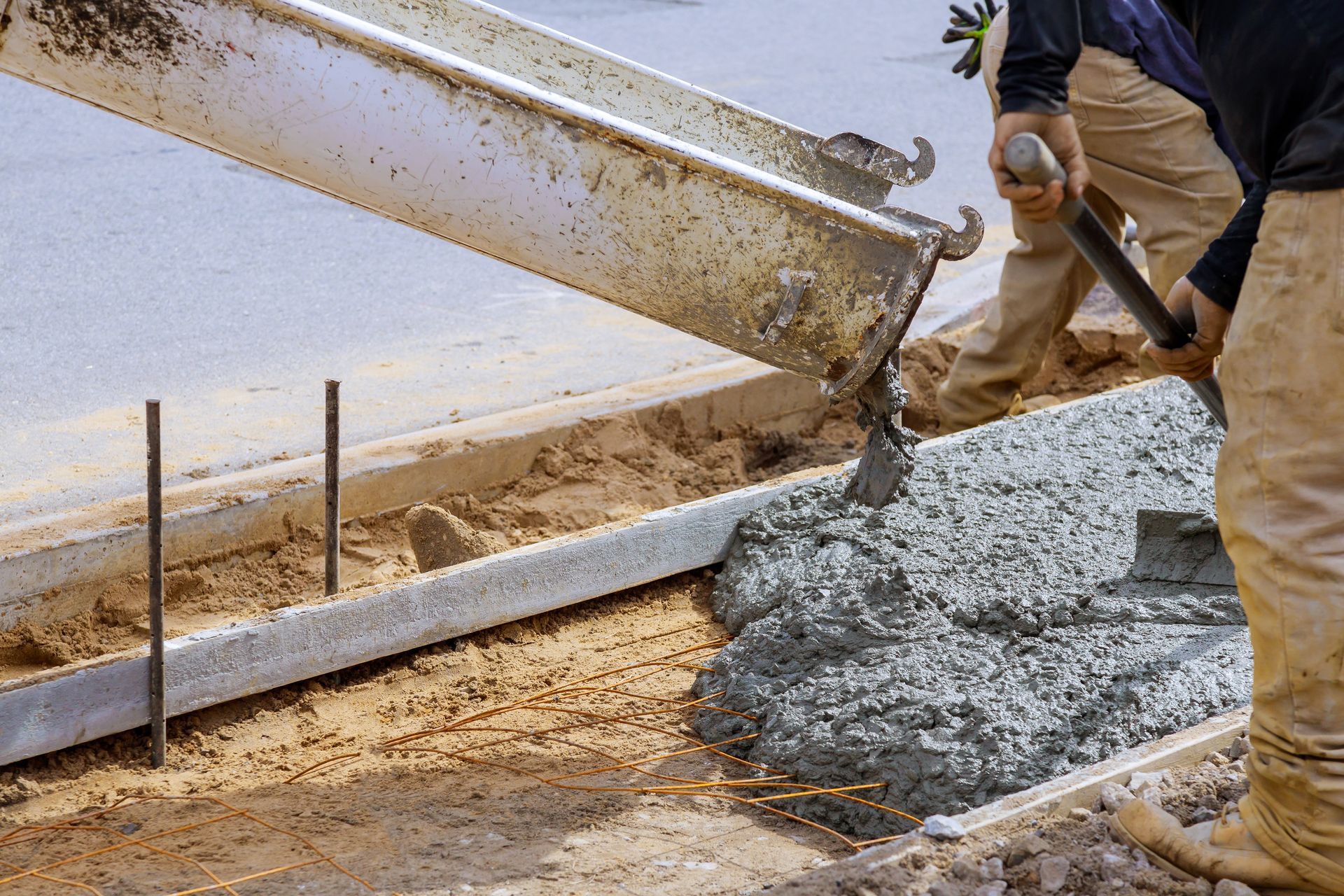All About Concrete
Concrete has been a foundational element in construction for centuries. Whether you're building a new patio, crafting garden ornaments, or tackling a larger home renovation project, understanding concrete can significantly enhance your DIY ventures. This guide is tailored for DIY enthusiasts who are keen on mastering the art and science of working with this versatile material.
What is Concrete?
Concrete is a composite material that consists of fine and coarse aggregates (like sand and gravel), cement, and water. When these components are mixed together, they form a paste that hardens over time. The result is a durable, stone-like material that’s used in a wide range of construction projects.
The Basics of Concrete Composition
Understanding the basic composition of concrete is crucial for any DIY enthusiast. The three primary components—cement, aggregates, and water—each play a vital role in the final product's strength and durability. Cement acts as the binding agent, aggregates provide volume and resistance, and water triggers the chemical reaction known as hydration, which solidifies the mixture.
Types of Cement
Not all cement is created equal. The most common type used in DIY projects is Portland cement, known for its versatility and strength. However, there are other types like masonry cement, which is used for mortar, and rapid-hardening cement, ideal for quick projects. Knowing which type to use can make or break your project.
Aggregates Matter
Aggregates come in various sizes and types, from fine sand to larger gravel. The choice of aggregate affects the concrete's texture, strength, and appearance. For DIY projects, a balanced mix of fine and coarse aggregates is often recommended for optimal results.
Why Choose Concrete for DIY Projects?
Concrete offers numerous advantages that make it an excellent choice for DIY enthusiasts. It’s durable, cost-effective, and incredibly versatile. From creating a new driveway to crafting intricate garden ornaments, the possibilities are endless.
Durability and Longevity
One of concrete’s most appealing features is its durability. When mixed and cured properly, concrete can last for decades, resisting weather, wear, and tear. This makes it ideal for both indoor and outdoor projects.
Cost-Effective Material
Concrete is relatively inexpensive compared to other construction materials. Its components are widely available, making it a cost-effective choice for large and small projects alike. Additionally, the longevity of concrete means you’ll save money on repairs and replacements in the long run.
Versatility in Applications
From functional applications like driveways and patios to decorative elements like garden statues and countertops, concrete’s versatility is unmatched. Its moldable nature allows for creative freedom, enabling DIY enthusiasts to bring unique designs to life.
Essential Tools and Materials
Before starting any concrete project, it's essential to gather the necessary tools and materials. Having the right equipment will ensure your project runs smoothly and safely.
Mixing Tools
A quality mixing tool is indispensable. For small projects, a wheelbarrow and a hoe will suffice. For larger projects, consider renting a concrete mixer. Electric mixers are also an option for medium-sized tasks.
Measuring and Cutting Tools
Accurate measurements are crucial for a successful concrete project. Invest in good measuring tools like a tape measure, a square, and a level. For cutting, a concrete saw or a diamond blade is essential.
Finishing Tools
Finishing tools like trowels, floats, and edgers help in achieving a smooth and professional finish. These tools allow you to shape and smooth the concrete surface, ensuring it looks great and functions well.
Preparing Your Work Area
Preparation is key to any successful DIY project. Proper planning and workspace preparation can prevent mishaps and ensure a high-quality finish.
Site Preparation
Clear the work area of any debris and ensure it’s level. For large projects, you may need to excavate the site. Mark the boundaries clearly to guide your work and prevent overpouring.
Creating Forms
Forms are temporary structures that hold the concrete in place until it sets. They can be made from wood, metal, or plastic. Ensure they are sturdy and well-secured to maintain the desired shape and size.
Calculating the Amount of Concrete Needed
Knowing how much concrete you’ll need is crucial. Calculate the volume by multiplying the length, width, and depth of the area to be filled. Add a little extra to account for spillage and waste.
Mixing the Perfect Batch
Getting the right mix is critical for the strength and durability of your concrete. Here’s a step-by-step guide to mixing the perfect batch.
The Right Ratio
The standard mix ratio for concrete is 1 part cement, 2 parts sand, and 3 parts gravel, with enough water to achieve the desired consistency. Adjust the ratios based on the specific requirements of your project.
Mixing Techniques
For small batches, hand mixing in a wheelbarrow is effective. For larger batches, use a concrete mixer. Add the dry ingredients first, then slowly add water, mixing thoroughly until you achieve a uniform consistency.
Checking Consistency
The slump test is a quick way to check the consistency of your mix. Fill a cone-shaped mold with concrete, remove the mold, and observe how much the pile slumps. The ideal slump varies depending on your project’s requirements.
Pouring and Spreading
Once your concrete is mixed, it’s time to pour and spread it. This step requires precision and attention to detail to ensure a smooth and even surface.
Pouring Techniques
Pour the concrete into the prepared forms, starting at one end and working your way to the other. Use a shovel or rake to distribute the concrete evenly, avoiding any gaps or air pockets.
Leveling the Surface
After pouring, use a screed board to level the surface. This involves dragging the board across the top of the forms to remove excess concrete and create a flat surface.
Smoothing and Finishing
Once leveled, use a float to smooth the surface and remove any imperfections. For a polished finish, follow up with a trowel, working in circular motions to achieve a seamless look.
Curing and Sealing
Curing is a critical step that ensures the strength and durability of your concrete. Proper curing prevents cracks and helps the concrete reach its full potential.
The Importance of Curing
Curing involves keeping the concrete moist and at an optimal temperature for a specific period. This process allows the concrete to hydrate fully, increasing its strength and durability.
Common Curing Methods
There are several curing methods, including water curing, using curing compounds, and covering the concrete with plastic sheeting. Choose a method that suits your project size and environmental conditions.
Sealing for Protection
Sealing the concrete adds an extra layer of protection against moisture, stains, and abrasion. Apply a concrete sealer after the curing process is complete to enhance the longevity and appearance of your project.
Troubleshooting Common Issues
Even with meticulous planning, issues can arise. Knowing how to troubleshoot common problems can save your project from potential failure.
Cracks and How to Prevent Them
Cracks can occur due to improper curing, excessive water, or movement in the concrete. To prevent cracks, ensure proper curing, avoid over-watering the mix, and use control joints in large slabs.
Surface Imperfections
Surface imperfections like spalling or scaling can result from poor finishing techniques or harsh weather conditions. Address these issues by using high-quality materials and following proper finishing and curing procedures.
Discoloration and Staining
Discoloration can occur due to inconsistent mixing or curing conditions. To avoid staining, use clean water and materials, and apply sealers to protect the surface from contaminants.
Creative Concrete Projects for DIY Enthusiasts
Now that you’re equipped with the basics, here are some creative concrete projects to inspire your next DIY venture.
DIY Concrete Planters
Concrete planters add a modern touch to any garden or patio. They’re easy to make and can be customized in various shapes and sizes. Use molds to shape the planters and add drainage holes before the concrete sets.
Concrete Countertops
For an industrial-chic look, consider installing concrete countertops in your kitchen or bathroom. They’re durable, heat-resistant, and can be polished to a beautiful finish. Ensure proper sealing to prevent stains and damage.
Garden Pathways
Create charming garden pathways using concrete pavers. You can mold them in different shapes and patterns, adding a unique touch to your landscape. Arrange the pavers in a design that complements your garden’s aesthetics.
Following Experts and Influencers
Follow industry experts and influencers on social media for the latest trends and tips in concrete projects. Their expertise can inspire and guide you in your DIY endeavours.
Concrete is more than just a building material; it’s a canvas for creativity and innovation. For DIY enthusiasts, mastering the art of working with concrete opens up endless possibilities for home improvement and artistic expression. By understanding the basics, gathering the right tools, and following best practices, you can tackle any concrete project with confidence.
When you need concrete and supplies, call EZ Cart Concrete Supply in Hamilton at 905-662-0808 to reserve your cart and pick up supplies!
